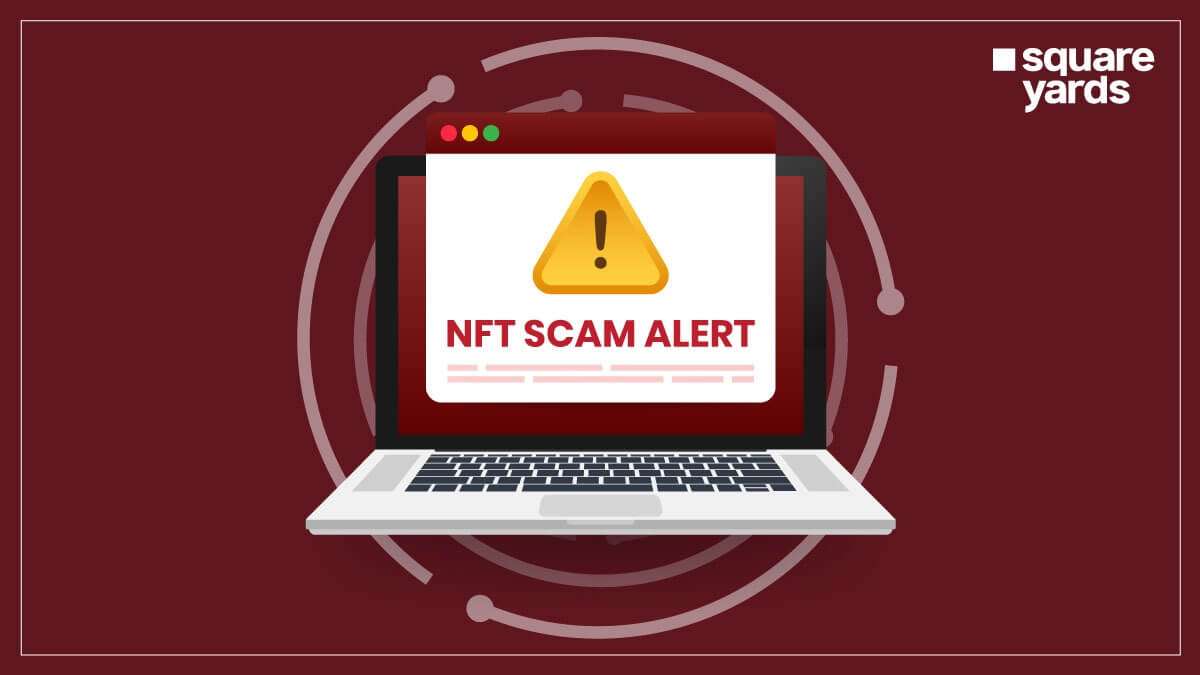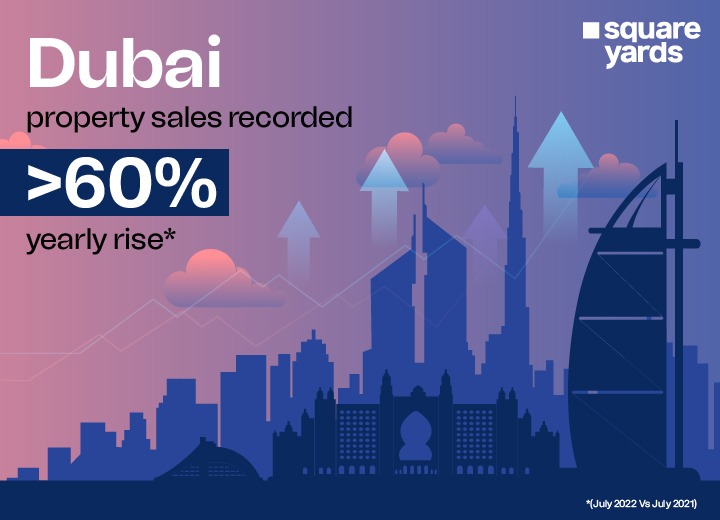“Money loves to multiply. Money loves to grow.”
With the world witnessing advancement at a rapid pace, investors often argue about ploughing their money in the right place, at the right time. Thanks to the advent of cryptocurrency, one such plausible option one often hears are NFTs or Non-fungible Tokens. Numerous investors across the globe believe that NFTs are a potential way to promote digital artists. NFTs induce a feeling among buyers that they own a unique digital file.
With new facets of monetisation, con tricks keep spiralling. More often than not, the financial adage – bigger the value, bigger the scam! is a reality.
With this article, we provide detailed insights about the world of Non-fungible Tokens, how scammers strip off investors and the course of action to defend your valuable NFTs.
Table of contents
What is an NFT?
NFT or Non-fungible Token can be explained by dividing them into two parts; ‘non-fungible’, which means irreplaceable. The second part, ‘tokens’, involves digital assets included in the top of a blockchain.
A blockchain can further be described as a record book for transactions which is monitored by multiple computers, all pointing towards a specific link, precisely an image file. What makes NFT a highlight is that it’s a unique digital asset.
When you’re buying an NFT (attached to an image), you do not own the image technically. Instead, you choose to own a record of purchase in the blockchain. This asset alongside the image can be sold to any other individual in the future.
Types of NFT Scams and Ways to Avoid Them
Fake NFT Offers
Fake NFT Offers utilise a forged trading platform that sends the user hoax NFT schemes through emails.This sham aims to get the users to follow certain steps that automatically lead them to the NFT marketplace. A user becomes a potential victim as soon as they decide to enter their credentials and login into the portal to access the account. This is the same time a scammer starts recording your data via spyware and captures your NFT.
How to Avoid?
The best way to avoid such situations is by verifying their email address and checking whether you have received the email from the right URL. Double-check their NFT trading marketplace platforms.
Verify the sender address of any email received from an NFT trading platform.
Airdrop Scams or NFT Giveaways
Is NFT giveaway really a thing? Yes! The scammers often showcase themselves as a trading platform of NFT on social media handles and promote the concept of giveaways, also called airdrop scams. They start a campaign stating that if a user promotes their NFT message and in case their contact joins the website, they promise a giveaway to the reference. When the user clicks on the link, the scammer gets hold of the user’s crypto wallet along with their credentials.
How to Avoid?
Considering that airdrop scams are most common, it is important to be mindful while taking financial decisions online. Always verify their social media accounts and whether they match the links with the URL of the NFT platform.
See also@ NFT Marketplaces: Best Places to Sell Non-Fungible Token
Social Media Impressions
This NFT scam type is used to deceive the NFT owners by creating a false impression. The scammers make the same kind of detailed NFT web page and include all the data related information to showcase credibility amongst the users. This helps them to sell off their fake artworks. This sham builds trust through disguised portals that create a stir once the user becomes the victim.
How to Avoid?
The best way to analyse such situations is to check whether the profile of the seller is verified. A blue tick acts as a symbol of verification and is something that a seller can’t acquire easily on social media platforms. Therefore, this is the best way to check its authenticity.
Customer Support Impressions
Through this hoax, the hacker tries to set up an environment where the customer can come up with queries and the scammer acts as an agent in real-time. The communication medium between the false agent and customer is either Telegram or Discord. The scammers connect with fake services that they create on their end. Before even gaining sense of the queries, they start asking about the user’s personal information. That gives them direct access to the customer’s cryptocurrency wallet.
How to Avoid?
Try and find access to the Discord or the server of Telegram through the NFT creators’ website or their social media handles.
Bidding Scams
A bidding scam normally occurs when a user tries to resell their NFT. So, when an interesting purchase starts to put in a relatively higher bid, the scammer switches out the currency that the user thinks has been done for a comparatively lesser value. Therefore, instead of getting 10 ETH, you might receive $ 15 USD
How to Avoid?
The best way to avoid such scams is by always double-checking the currency and not accepting the lower bid than the actual one.
Carrying a Fake Persona
The fact that all the NFT sales are done virtually and the promotion takes place on social media handles, triggers catfishing. Normally, the NFT communities hire celebrities or influencers to help them in the promotion. Therefore, it is sometimes difficult for one to differentiate between a hoax and real deal.
How to Avoid?
The first step towards avoiding such situations is by not responding to any of the messages from accounts pretending to be a celebrity, influencer or founder. A reputed NFT level staff will not directly message their customers unless the user messages themselves or comes to any kind of agreement through Discord or a public Twitter handle. It is important to be well-informed and never provide your personal information to any stranger or reply to their DMs.
Pump and Dump Scam
The pump and dump scam is one of the most predictable shams in the world of crypto & NFT. It refers to a group of individuals trying to buy a bunch of NFTs and then drive their demand high artificially. As soon as the plan gets successful and the prices get higher, the hacker takes the cash out.
How to Avoid?
The easiest way to avoid such situations or scams is by always going through the history & wallet records of the project you are interested investing in. This is the time when the transparency of blockchain comes in handy. You can check different NFT marketplaces and view their transactions and their collection. Also, try to be always updated on all the projects by joining Twitter and different channels.
The best way to check the authenticity is by checking their liquidity and the number of active investors or collectors engaged with the project.
Counterfeit and Plagiarised NFTs
It is important for a user to remember that minting an artwork as a part of NFT isn’t the same as that of an IP or Intellectual Property as their own. Through the beginner’s software, each and every photo is listed as an image under NFT. Hence, this leads to changing the rights on that particular piece of artwork. The same thing is correctly known by all the scammers, who then steal the ownership of this artist and open their own fake accounts to auction the images. Before one traces the scammer, the hoax is already committed.
How to Avoid?
Always ensure that the artwork you are willing to buy carries a verified website. Always check that the profile picture of the artist has a blue verified tick mark on the account of the NFT marketplace. If you do not find any of the above measures, try and find the artist on other social media platforms such as Twitter. In case you find the artist, it is best advised for you to get in contact with them directly and ask if they are willing to buy their art piece. If it’s the authorised profile, do not forget to check their Discord channels and other communities.
See Also@ NFT Tokens : Hype or a Legit Investment Option?
Take Calculated Risks
“It’s best to assume to assume that everyone’s a scammer, until proven otherwise“
NFTs have become an open playground of financial opportunities. However, this uncharted territory invites rackets that are difficult to trace. It’s simple – if you don’t understand it, don’t play around.The scariest part of investing in NFTs is the space that you tend to deal in. As compared to other avenues, NFTs and cryptocurrency are relatively unregulated. Therefore, there’s scope of attracting swindlers to exploit your investments. There are various means through which a scammer attracts its victim. Hence, it is good for a user to be street-smart and educate themselves enough before indulging in any such practices. Though the owners have worked on the system of blockchains, some loopholes give the scammers enough room to drive their fraudulent schemes.





































